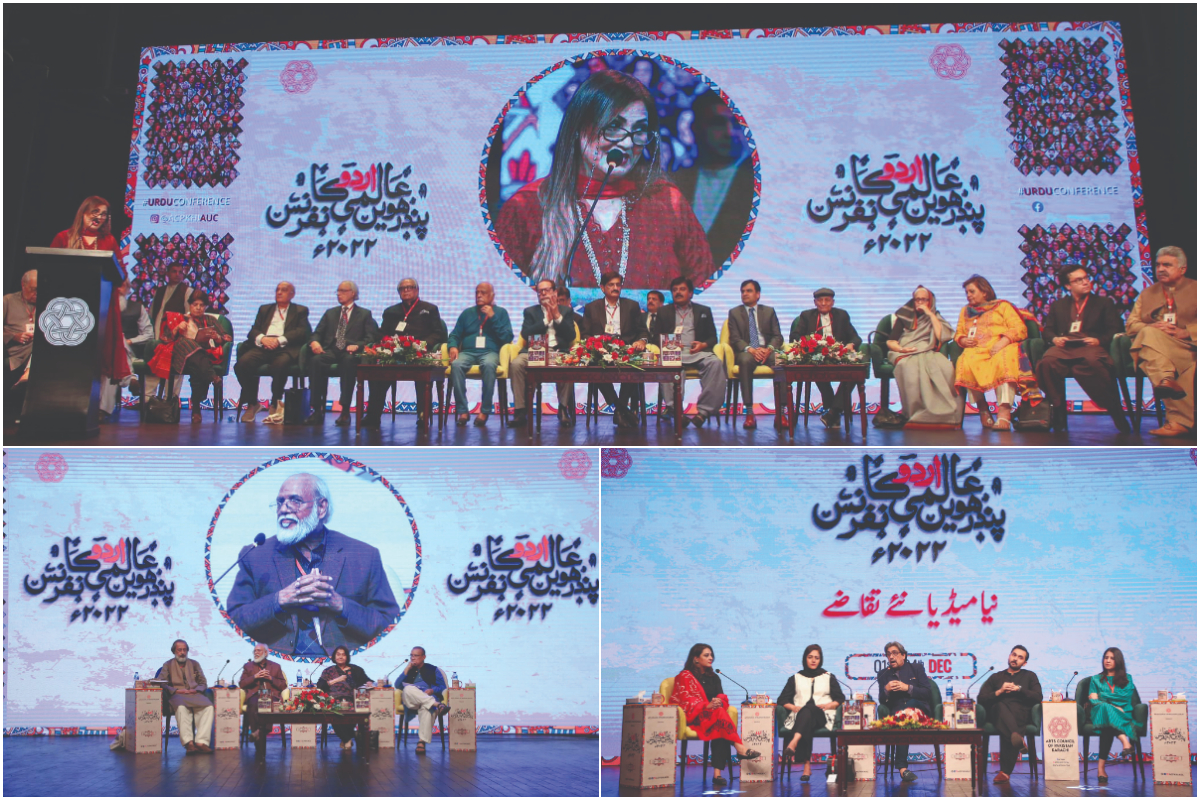
How to save a language
A resolution passed at the Aalmi Urdu Conference stood out as a spirited reminder that preserving our mother tongue goes beyond myopic concerns
Karachi: Much like the air we breathe, language is an inescapable facet of our existence. More than a tool for communication, it also serves as the cornerstone for literary pursuits and an avenue for our creative emancipation. Any attempt to celebrate our linguistic traditions and heritage ought to be lauded, especially in these troubled times when the languages we speak are subject to the twin hazards of erasure and neglect. At the same time, discussions on the future of our linguistic traditions can’t be extricated from concerns over the challenges that plague society.
In light of these concerns, the 15th Aalmi Urdu Conference, which was held from December 1 to December 4 at the Pakistan Arts Council in Karachi, was a step in the right direction. It is often difficult to shrug aside our growing cynicism over annual extravaganzas that seek to promote our rich linguistic and literary traditions. In recent years, literary festivals and conferences have inevitably been dressed up as opportunities to satiate our intellectual curiosities. Instead, the calibre of conversations at these annual events fall below par and are often plagued by marketing gimmicks.
This year’s edition of the Aalmi Urdu Conference brought some fascinating insights to the fore. Even so, the ambit of the debates and discussions could have been widened to include pervasive trends, especially those that the youth are familiar with.
Urdu was the lifeblood of the conference. For years, our mother tongue seems to have been prematurely placed on death row. Many of us have grown up hearing dirges on the demise of Urdu. It is, therefore, heartening to witness a conference that aims to breathe life into a language that has stood on the brink of a possible extinction. However, this year’s conference didn’t perceive Urdu as a hapless patient that is languishing in the emergency room. As in its previous editions, the conference used Urdu as a catalyst to identify and rectify the plight of languages in our country as well as a lens to understand social injustices. A rich panoply of sessions on Sindhi, Seraiki and Balochi literature used Urdu as the connecting language to reveal Pakistan’s diverse linguistic landscape for audiences. As a result, Urdu emerged as a saviour of sorts rather than a wounded victim.
The miracle of multilingualism
The emphasis on multilingualism was palpable at the inaugural event. Esteemed linguist Dr Alex Bellem gave her keynote address in English while sprinkling her speech with a generous dose of borrowed phrases in Urdu and Sindhi. Her decision to speak in English wasn’t jarring because Pakistanis, as Bellem stated in her speech, are accustomed to moving easily between languages. However, the content of Bellem’s speech was especially illuminating. She used English — Urdu’s perceived nemesis — as a bridge language to discuss Pakistan’s intricate relationship with multilingualism. If the late Lord Macaulay had been seated at the Arts Council on that particular evening, he would have been shocked to see his nightmare being realised. Bellem spoke with great fervour about how the conference was a “valuable and timely” initiative to celebrate language as an expression of culture. She also drew attention to Pakistan’s rich linguistic landscape, which is a welcome testimony to the unique ways in which languages live, breathe and grow in our culture. “This multilingualism is a way of life that speakers navigate in subtle and unspoken ways,” she said.
Nasir Abbas Nayyar, the second keynote speaker, pointed towards another malaise that had laid siege to our linguistic traditions.
The esteemed critic argued that the perils of “digital colonialism” in the 21st century had weakened our capacity for critical thought and the spirit of resistance that channels productive endeavours, including literature. Citing the adverse effects of digital media has become a common refrain, but it seemed fairly logical in the context.
Speaking at the inauguration, Urdu poet Zehra Nigah reminded us that these conferences can’t exist in a vacuum and must take stock of the state of affairs in society. She lamented inflationary pressure that had made it increasingly difficult for people to live with dignity — an earnest reminder that language is rooted in the realities of the people who speak it. Zehra Nigah also spoke briefly about Urdu’s intellectual poverty, which could be enriched through translation in the regional languages.

Urdu as a literary language
Over the course of the four-day event, audiences attended a whole range of discussions on Urdu literature, which signified that our national language is still alive and kicking. Copious sessions sought to assess current and future trends in literary pursuits. At times, some of these discussions could have been enriched through the presence of younger panellists with a different outlook and worldview.
A session of the direction of the Urdu novel in the 21st century, though rewarding and informative, was mostly dominated by the old guard. In an insightful session on Urdu poetry in the 21st century, panellists explored the differences in the sensibilities of male and female poets and the evolving nature of the ghazal. One of the panellists voiced his reservations about the diminishing intellectual calibre of poetry readers in Urdu. This is a pivotal concern for aspiring poets and it would have been interesting for audiences to discover how younger Urdu poets would tackle this challenge.
Another session titled ‘Iqbal aur Qaum’, which assessed the contributions of poet Allama Iqbal, felt like a walk down memory lane where familiar insights were disguised in new apparel. Scholar Muhammad Suheyl Umar asserted that Iqbal’s significance to Pakistan relies heavily on his engagement with Western philosophy. In addition, Umar argued that the poet’s work in Urdu and Persian provides valuable insights into the key questions of human existence. The scholar mentioned that Iqbal’s role as a political reformer during the colonial era also rendered him indispensable to Pakistan’s history. Nomanul Haq, another distinguished scholar, explored the poetic reputation of Iqbal while linguist Dr Tahseen Firaqi highlighted the importance of learning Persian to understand Iqbal. Though the session proved to be intriguing, it would have been interesting to hear a younger readership’s take on Iqbal’s illustrious legacy.
A vast number of people attended a session featuring Zia Mohyeddin, where the popular television broadcaster read Ghulam Ahmed Pervez’s speech on Iqbal and Jamila Khatoon’s memoir piece on Faiz Ahmed Faiz. He also read the work of Zehra Nigah, Mushtaq Ahmed Yousufi and Shaikh Ayaz. Most festivals and conferences tend to carve out space for such sessions as they play to the gallery and attract audiences with the promise of seeing the familiar face of a beloved celebrity.
However, it would be unfair to solely highlight the negative features and gloss over the triumphs of the conference. One of the most energetic conversations drew upon the fundamentals of literary criticism in Urdu. The life of a language is inextricably linked to the health of the journalistic activities pursued in it. This was the subject of a lively debate that lamented the downward trajectory of Urdu journalism over the last two decades.
A few sessions paid homage to the work of literary giants such as Mushtaq Ahmed Yousufi as well as other poets who had died recently. Sindhi and Urdu poet Imdad Hussaini, critic Shamim Hanafi, Farooq Qaiser, Shamsur Rahman Faruqi and Gopi Chand Narang were also remembered in glowing terms. A deep engagement with the past stands the danger of being extraneous if it isn’t aligned closely with the present or future. Even so, these sessions provided fans with a front-row seat to conversations about their favourite writers.

Miscellaneous concerns
Language is a political tool. Yet, purists believe a conference that celebrates language shouldn’t be a venue for political discussions. This year’s conference mercifully ignored the obnoxious dictates of these cynical minds. Apart from literary and linguistic pursuits, a few sessions also turned an intimate gaze on matters pertaining to politics, statecraft, education and the role of women in society. Hamid Mir discussed a diverse menu of issues that have afflicted our political fabric. Press freedom, enforced disappearances in Balochistan and the perils of a presidential system were among the major talking points. During an informative discussion on the country’s education crisis, academics pointed out that inadequate funding for education had pushed our schools and universities into a spiral of decay. Many of them also raised concerns about the deteriorating standards of state-run schools and the inability to foster critical thought at educational institutes. An enlightening conversation on the transformative effect of new media on our modern-day realities.
On the final day of the conference, writer Anwar Maqsood read out a satirical piece on Pakistan’s prospects in the 21st century.
All of these sessions served as welcome proof that discussions on language require an interdisciplinary focus. Linguistic development cannot be discussed with a narrow purview and must account for the socio-political milieu.
The root of the resolution
The crowning glory of the conference was a 14-point resolution that unanimously approved by the audience through a show of hands. At first glance, this appeared to be a cosmetic measure that carried the spirit of political rhetoric. A mix of suspicion and curiosity would have been a predictable reaction to the resolution. After all, half-hearted pledges to raise the stature of Urdu as an official language have been made before.
However, the resolution stood out as it wasn’t detached from the country’s social realities. It reminded many of us of the surging need for a library culture and institutes that could commission more translations. A few points of the resolution also dealt with deep-seated concerns about rights violations, free speech, youth empowerment and development.
The resolution was a spirited reminder that preserving a language goes beyond myopic concerns about grammatical precision or diction. Languages can only be preserved if they respect the largesse of other languages and remain connected with the societies where they must be kept alive.
Catch all the Bold News, Breaking News Event and Latest News Updates on The BOL News
Download The BOL News App to get the Daily News Update & Live News.





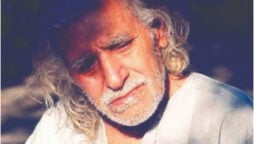
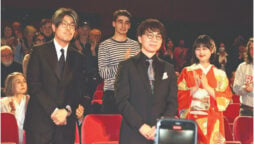
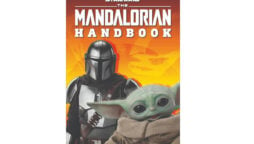

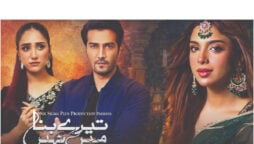


 Read the complete story text.
Read the complete story text. Listen to audio of the story.
Listen to audio of the story.